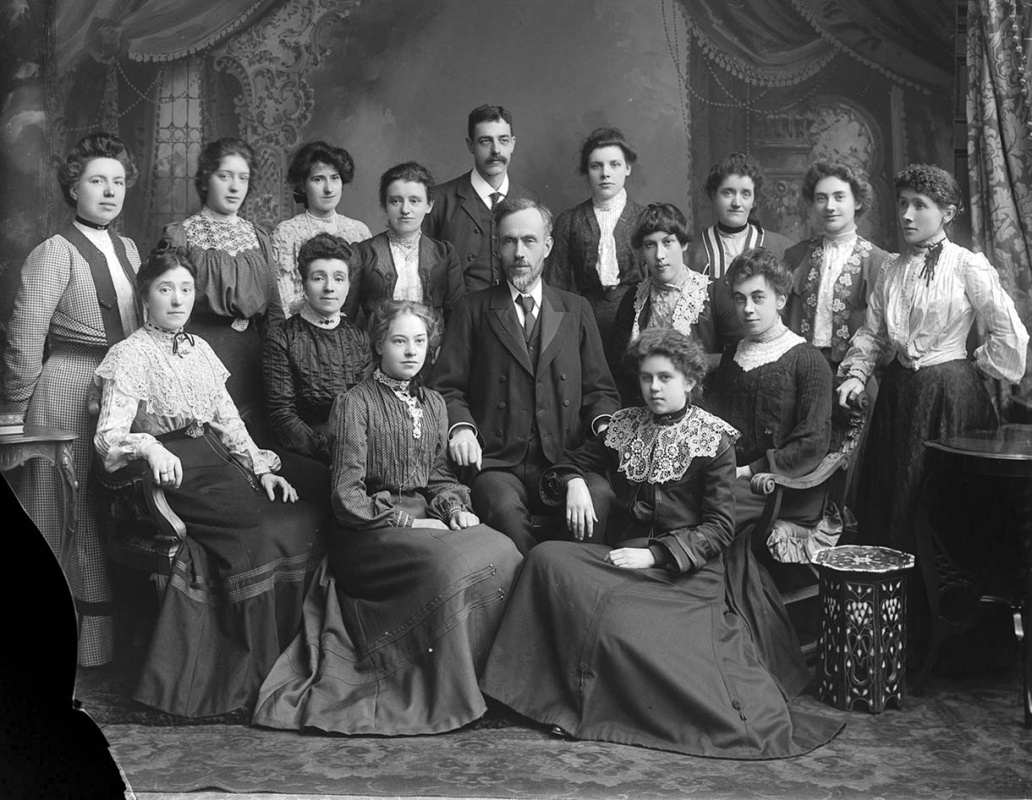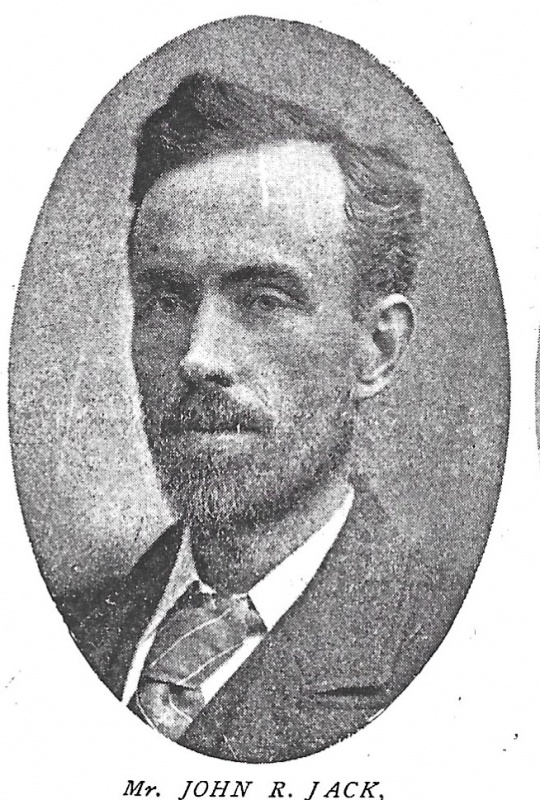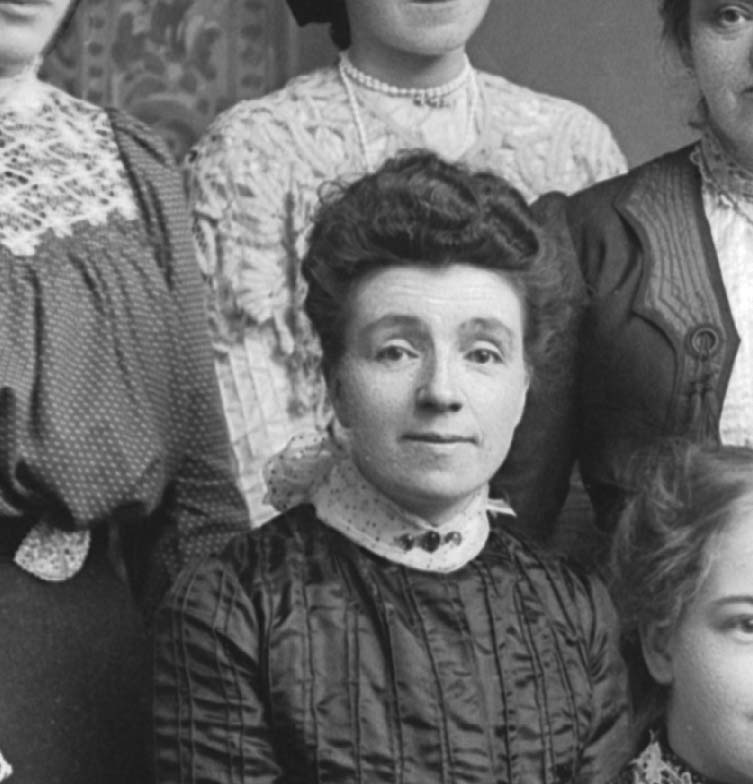The Skene Street School Photograph
Written by Dr Alison McCall, former Chair of Women’s History Scotland and a participant in the Mapping Memorials to Women project, this blog post explores one of the most striking photographs in the online exhibition, Envisioning Women’s Places: Photographs from the George Washington Wilson Collection. Alison documents her research on the photograph, and her journey of discovering more about the people it depicts.

'Skene Street School Group Portrait', from the George Washington Wilson & Co. Collection, MS 3792
This photograph of the teaching staff of Skene Street School appears in the University of Aberdeen’s catalogue with a suggested date of 1853-1908; but as Skene Street School was built to accommodate the extra pupils attending school in the wake of the Education (Scotland) Act 1872, and was opened on 1 March 1878, it was immediately possible to narrow down the date of the photo. Moreover, the hairstyles of the women and facial hair of the men suggested that the photo was taken closer to 1908 than 1878. In the earlier period young female teachers tended to wear their hair braided and coiled, and male teachers favoured “mutton chop” whiskers.

I hoped the photograph might have been taken between 1886 and 1891, when Miss Helen C Spence was Infant Mistress (Head of the Infant Department) at Skene Street School. Spence had a remarkable career, firstly as a teacher and then, after her marriage, partnering her husband Dr (later Sir) Leslie Mackenzie in a number of public health initiatives. An early photograph which included the future Lady Mackenzie would have been an exciting find.
To establish the date of the photograph, I compiled a list of all the headmasters of Skene Street School; James Allan, John Mackenzie, Alexander Forbes, John R. Jack, and James C. McLeod. I searched for photographs of these men and was able to identify the older man as headmaster John Robert Jack (1857-1946) who was Headmaster of Skene Street School from 1903-1905.
Alas, 1903-1905 was too late to include Helen Spence! At this point a new hope blossomed – might the older woman (seated in the middle row, to the left of John Robert Jack) be Miss Mary Ann Brown Craig (1862-1942)?

Craig was Infant Mistress of Skene Street School from January 1900 until June 1905, when she was transferred to Skene Square School. Unfortunately, I have not (yet) been able to find a comparison photo, and so have been unable to confirm the identity of this woman. Craig had a long and successful teaching career. She remained single but adopted a daughter, Dora, an illegitimate child whose mother had died. Dora graduated from the University of Aberdeen and married a fellow Aberdeen graduate, James Taylor. They settled in South Africa, and became politically engaged in opposition to apartheid, eventually being forced to leave for their own safety.
The photo on the right may be Miss Mary Ann Brown Craig, although a comparison photograph is needed for confirmation
Each of the teachers in this photograph are likely to have shared many aspects of their lives. Female teachers in Aberdeen’s School Board schools tended to come from a skilled working-class background, with fathers working in trades, such as plumbing or granite polishing; Helen Spence’s father was a tailor, Mary Craig’s father a shoemaker. These families did not require their daughters to leave school to earn money at the earliest opportunity, but neither could they afford to support a non-working adult daughter. The pupil-teacher system by which girls and boys could earn a small amount as a classroom assistant, while furthering their own education, made teaching an accessible and highly respectable career. From 1873 on, Aberdeen had two Teacher Training Colleges, one run by the Church of Scotland and the other run by the Free Church of Scotland. Entry to these colleges was by competitive examination, with some bursaries available. Each person in this staff photograph would have had their own story of hard work and exam success culminating in college attendance and a career as a teacher.


